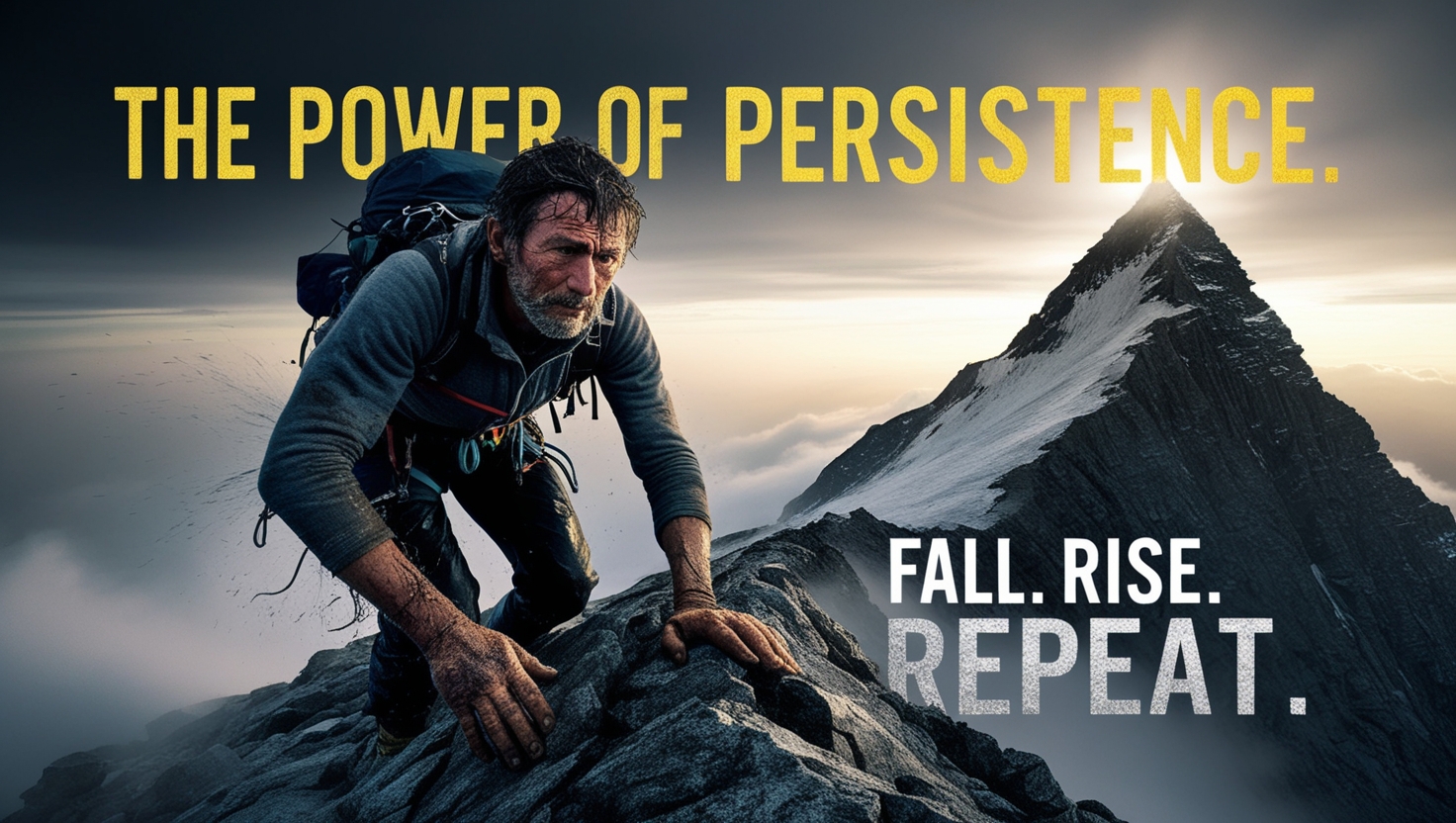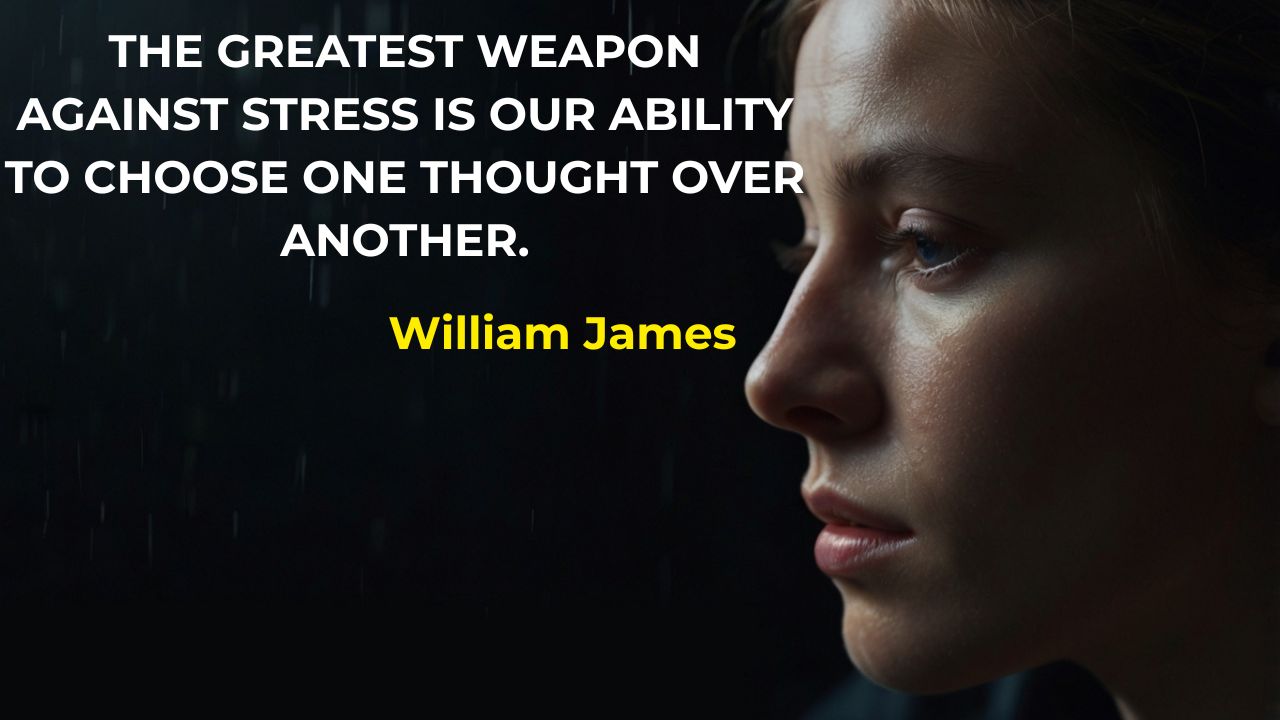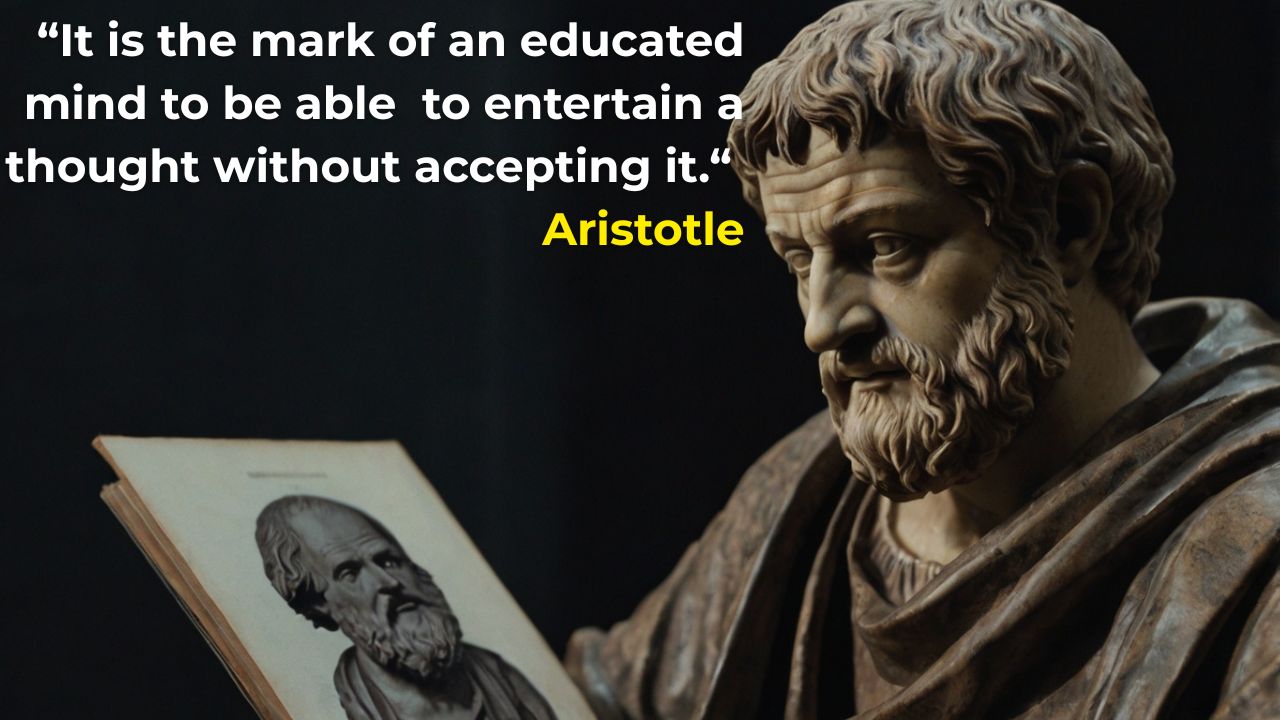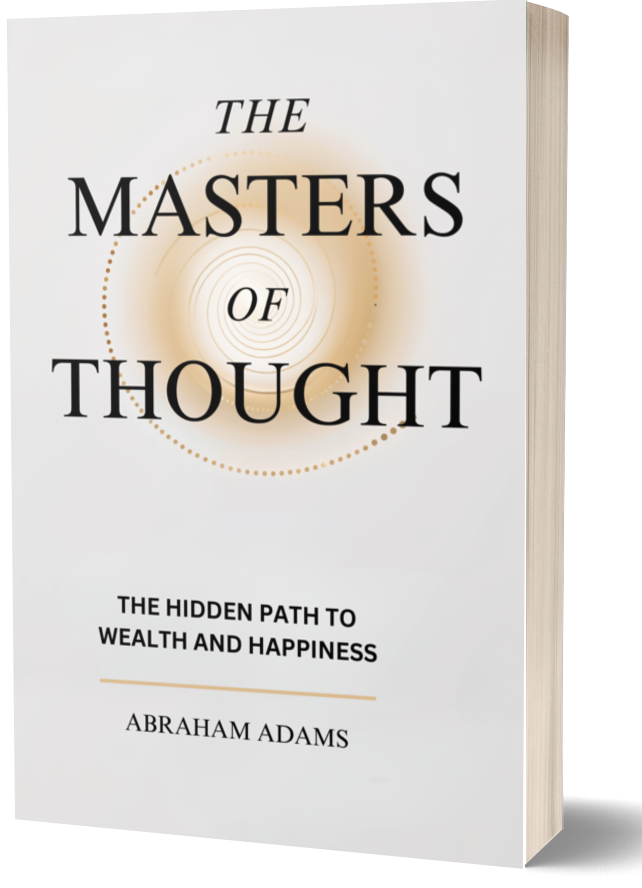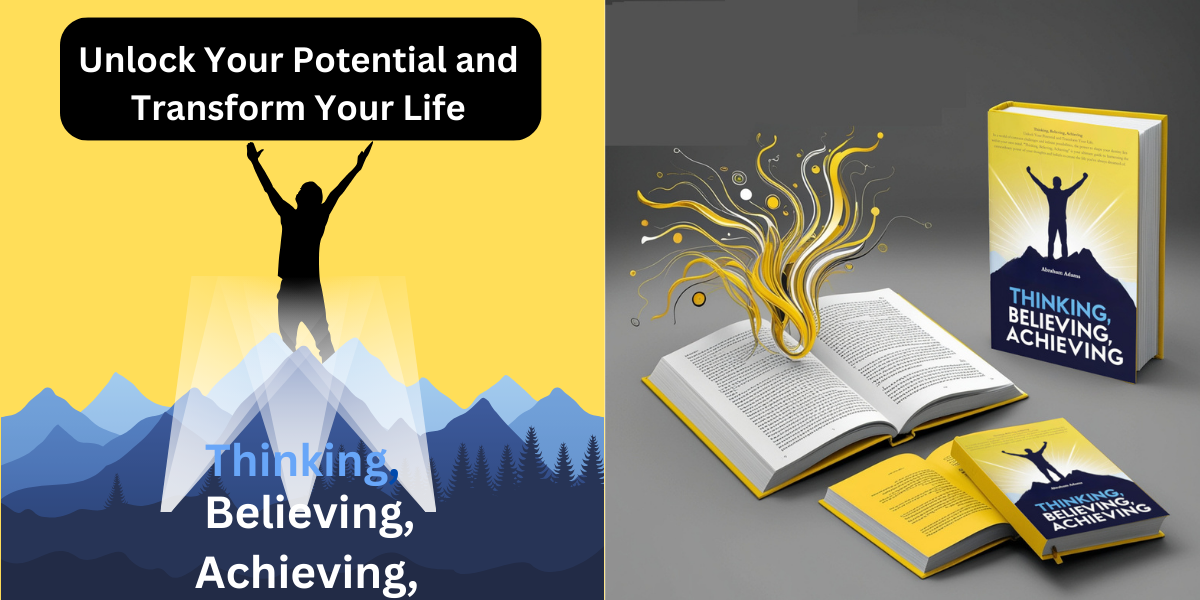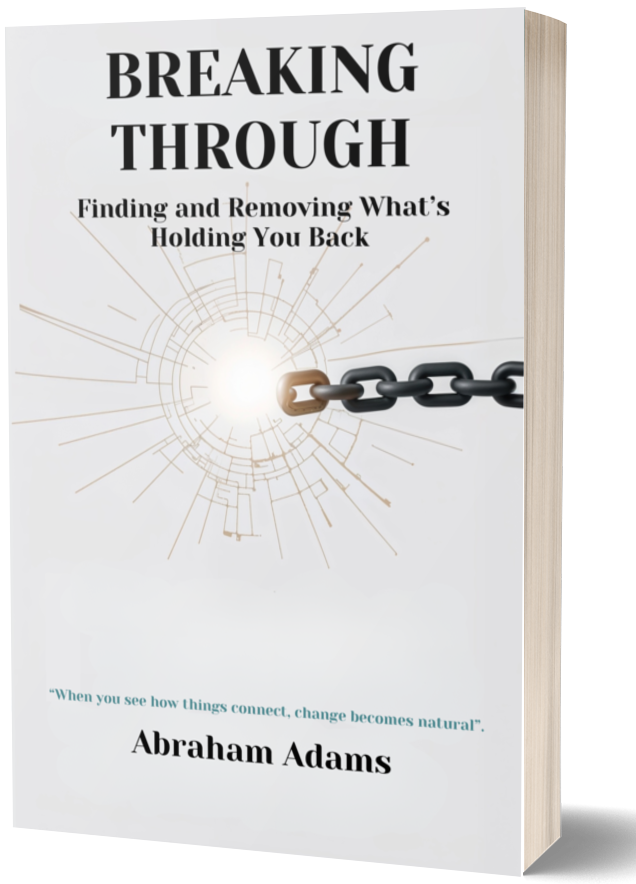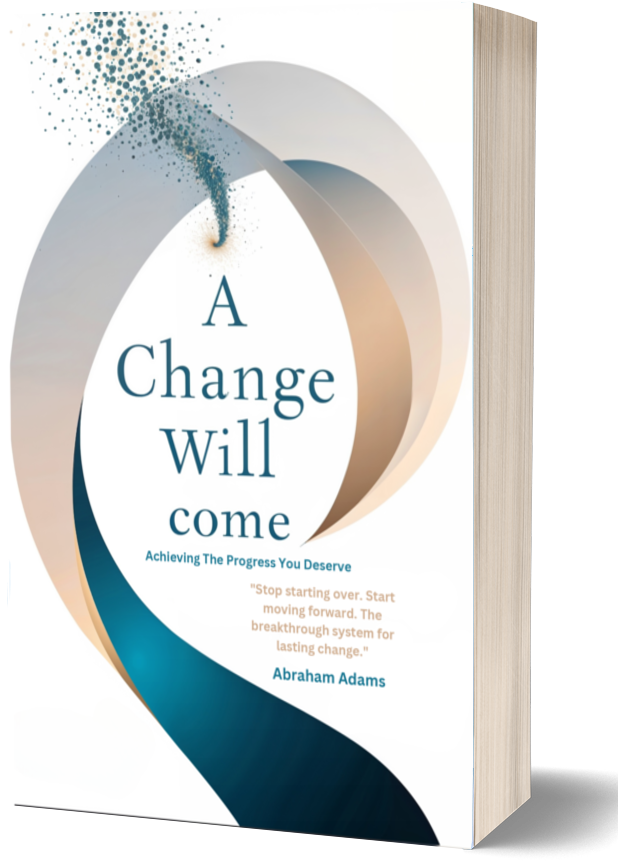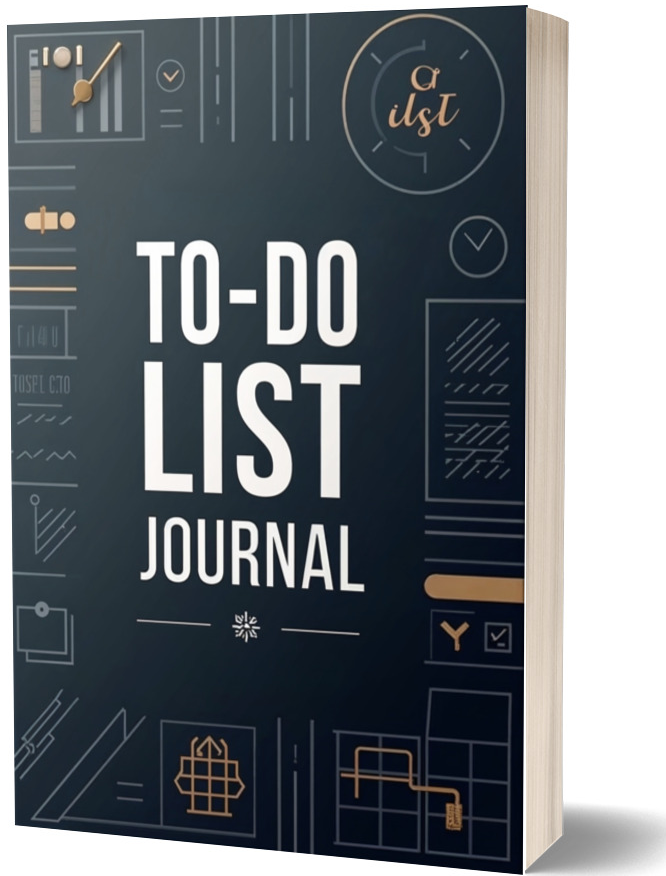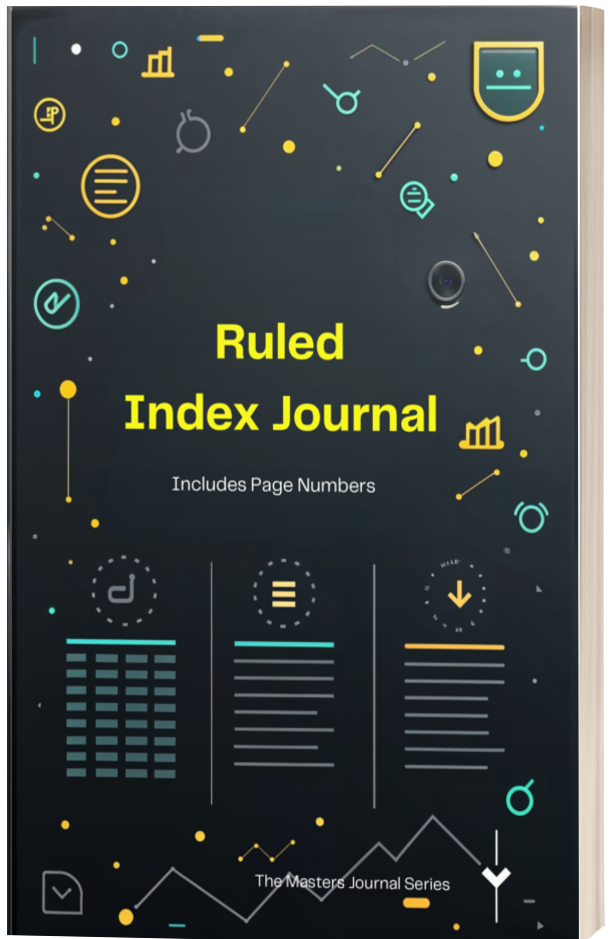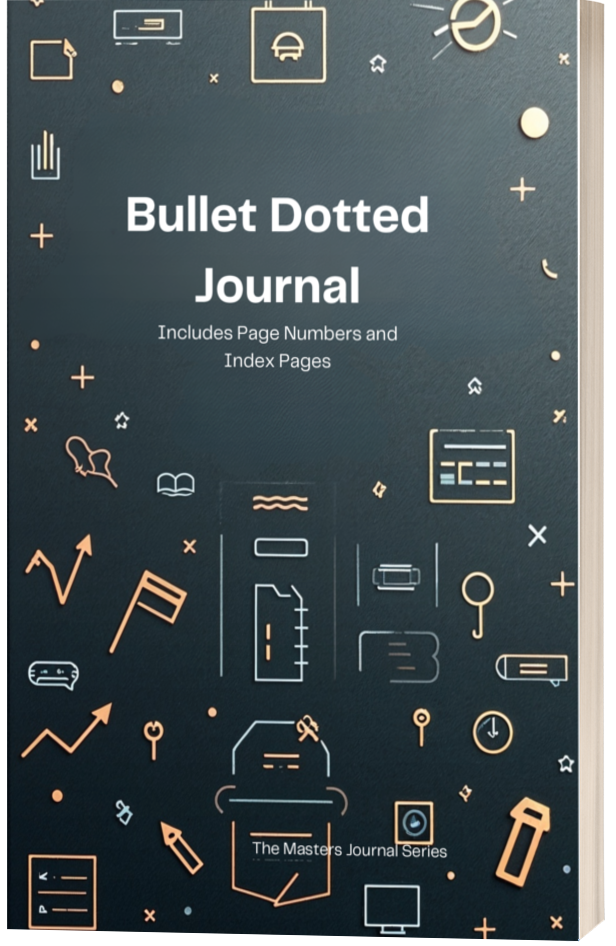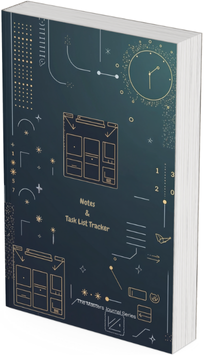Decision-Making Tools: Enhancing Clarity and Confidence in Choices
Making decisions, whether personal or professional, can be daunting. Thankfully, structured decision-making tools can help you evaluate options and choose the best course of action. In this article, we explore three powerful decision-making tools: the Decision Matrix, Cost-Benefit Analysis, and the Pareto Principle.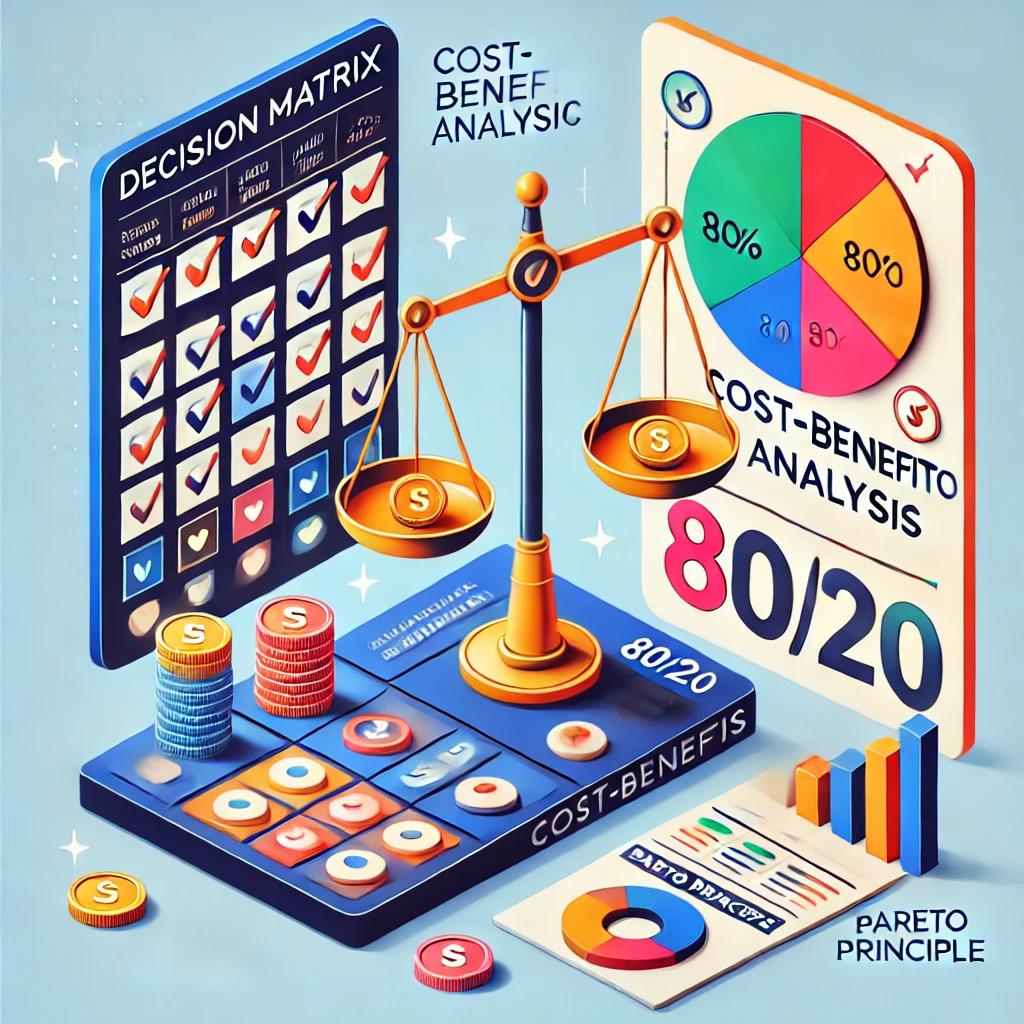
---
**1. Decision Matrix**
### **What is a Decision Matrix?**
A Decision Matrix, also known as a weighted scoring model, is a tool that evaluates multiple options against specific criteria. It assigns scores to each option based on how well it meets the criteria, making it easier to identify the best choice.
**How to Use It**
1. **Define Your Options**: List all possible choices.
2. **Identify Criteria**: Determine the factors that matter most in your decision.
3. **Assign Weights**: Prioritize criteria by assigning a weight to each (e.g., 1-10).
4. **Score Options**: Rate how well each option fulfills the criteria.
5. **Calculate Totals**: Multiply scores by their weights, then sum up the totals for each option.
### **Example**
You’re choosing between three project management tools based on cost, ease of use, and features.
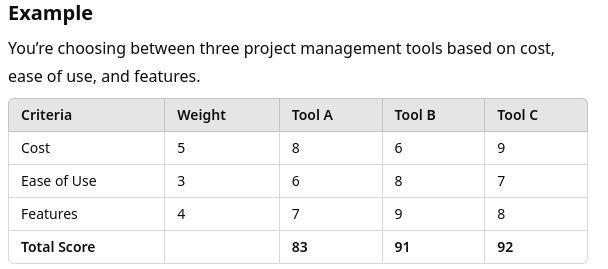
**Benefits**
- Provides a systematic approach to complex decisions.
- Ensures objectivity by quantifying subjective criteria.
- Highlights the trade-offs between options.
---
**2. Cost-Benefit Analysis**
**What is Cost-Benefit Analysis?**
Cost-Benefit Analysis (CBA) is a financial decision-making tool that compares the costs and benefits of a decision to determine its overall value. It helps you weigh the pros and cons in monetary terms.
### **How to Use It**
1. **List Costs**: Identify all potential expenses (e.g., money, time, resources).
2. **List Benefits**: Determine all potential gains (e.g., revenue, efficiency, satisfaction).
3. **Assign Monetary Values**: Quantify each cost and benefit where possible.
4. **Calculate Net Value**: Subtract total costs from total benefits to determine the net value.
**Example**
You’re deciding whether to invest in new software:
- **Costs**: Purchase price ($10,000), Training ($2,000), Maintenance ($1,000/year).
- **Benefits**: Time savings ($15,000/year), Increased accuracy ($5,000/year).
In one year, the net benefit is:
**($15,000 + $5,000) - ($10,000 + $2,000 + $1,000) = $7,000**
**Benefits**
- Simplifies financial comparisons.
- Ensures that decisions are cost-effective.
- Helps identify potential risks and rewards.
---
**3. Pareto Principle (80/20 Rule)**
**What is the Pareto Principle?**
The Pareto Principle states that 80% of outcomes come from 20% of efforts. Named after economist Vilfredo Pareto, this principle helps prioritize actions that yield the most significant results.
**How to Use It**
1. **Identify Key Factors**: Determine the areas where effort has the most impact.
2. **Focus Efforts**: Prioritize tasks, resources, or strategies that drive the majority of results.
3. **Analyze Results**: Continuously assess which actions contribute the most value.
**Example**
If a business finds that 80% of its revenue comes from 20% of its clients, it should focus on nurturing those key clients to maximize results.
**Benefits**
- Improves efficiency by focusing on high-impact areas.
- Helps eliminate wasteful efforts.
- Applies broadly to time management, business strategy, and personal goals.
---
**When to Use These Tools**
- **Decision Matrix**: Ideal for comparing multiple options against measurable criteria.
- **Cost-Benefit Analysis**: Best for financial or resource-based decisions.
- **Pareto Principle**: Effective for prioritizing tasks or identifying areas of focus.
---
**Conclusion**
Decision-making doesn’t have to be overwhelming. By leveraging tools like the Decision Matrix, Cost-Benefit Analysis, and Pareto Principle, you can approach decisions with clarity, objectivity, and confidence. These methods provide structured ways to evaluate options, prioritize efforts, and maximize outcomes, making them invaluable for both personal and professional use.
- Audio Articles
- Audio Articles 1
- Audio Articles 2
- Audio Articles 3
- Audio Articles 4
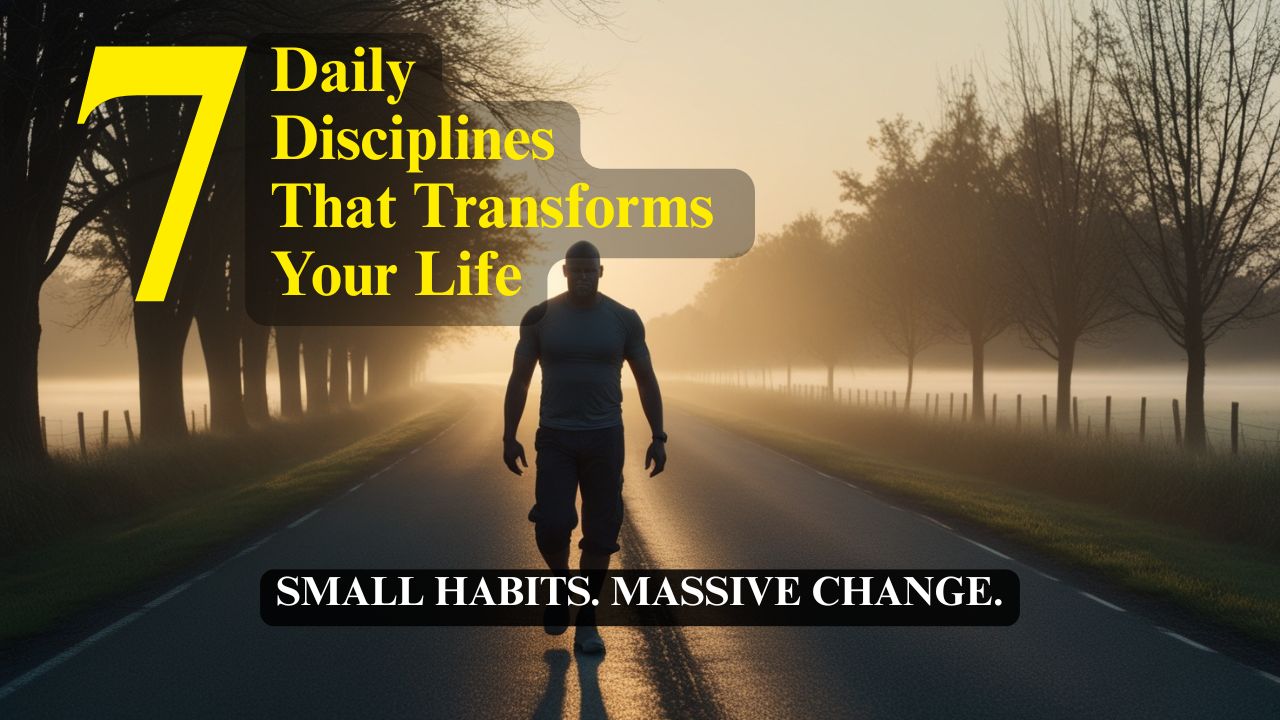
7 Daily Disciplines That Transform Your Life
The power to act with intention, to align your actions with your values, and to move steadily toward a life of purpose—even on days you don't feel like it.
Read Full Article
How to Build Unbreakable Discipline
Discipline is built—habit by habit, choice by choice, day by day. And the most powerful kind? The kind that doesn’t crack under pressure. The kind that becomes part of who you are.
Read Full Article
Why Motivation Fails And Discipline Wins Every Time
We all love the feeling of motivation—that surge of energy, that rush of inspiration that makes everything seem possible. But here’s the problem: motivation is unreliable. It’s emotional. It comes and goes. And if your goals rely on you “feeling like it,” you’re already in trouble.
Read Full Article
Discipline Over Desire
Desire is loud. It burns bright, talks fast, and loves to dream. But desire alone doesn't achieve much. Every person has desires. Very few have the discipline to bring them to life.
Read Full Article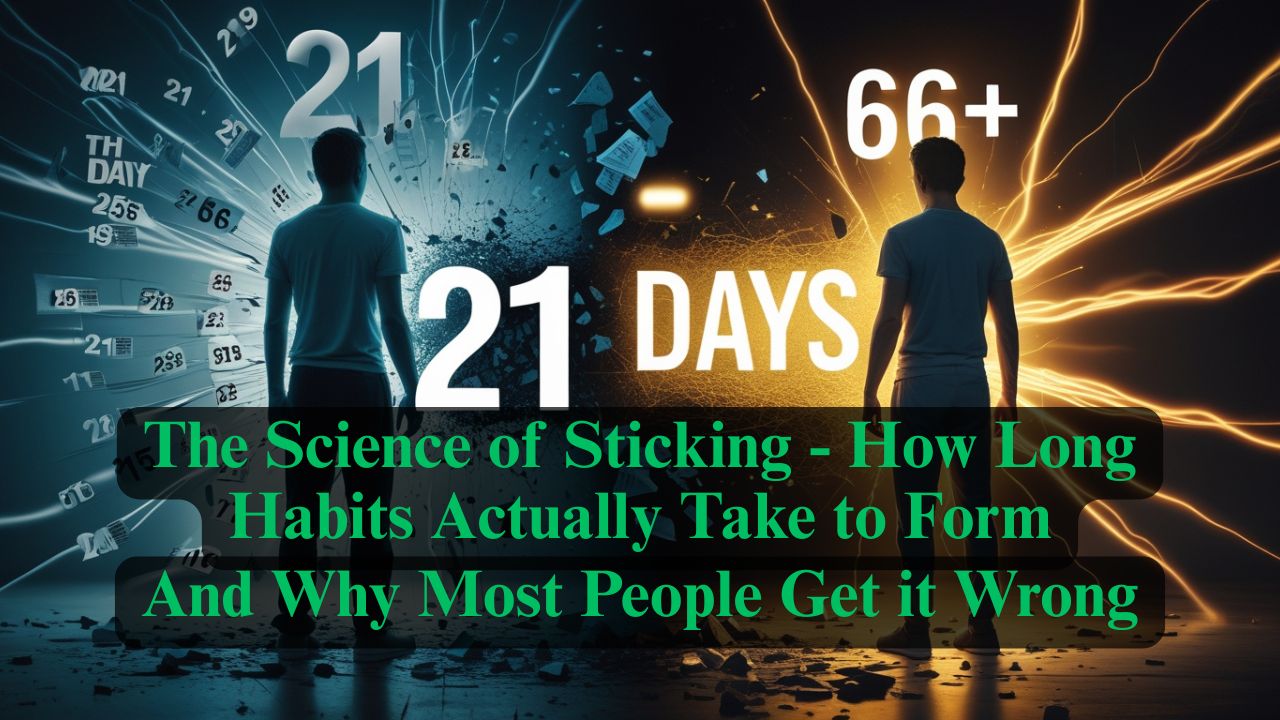
The Science of Sticking
If you've ever tried to build a new habit, you've probably heard that it takes 21 days. This number gets thrown around so often that it feels like scientific fact.
Read Full Article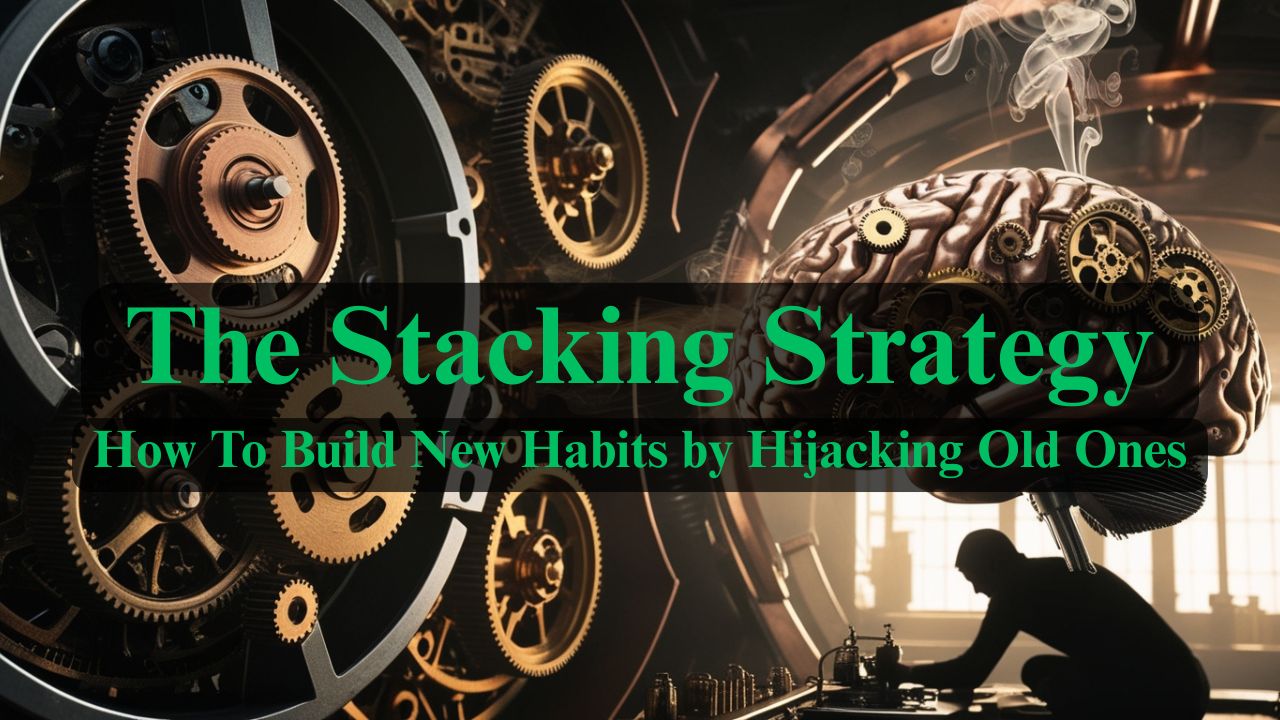
The Stacking Strategy
What if I told you that the habits you already have—even the ones you consider "bad"—could become the secret weapons for building the habits you want?
Read Full Article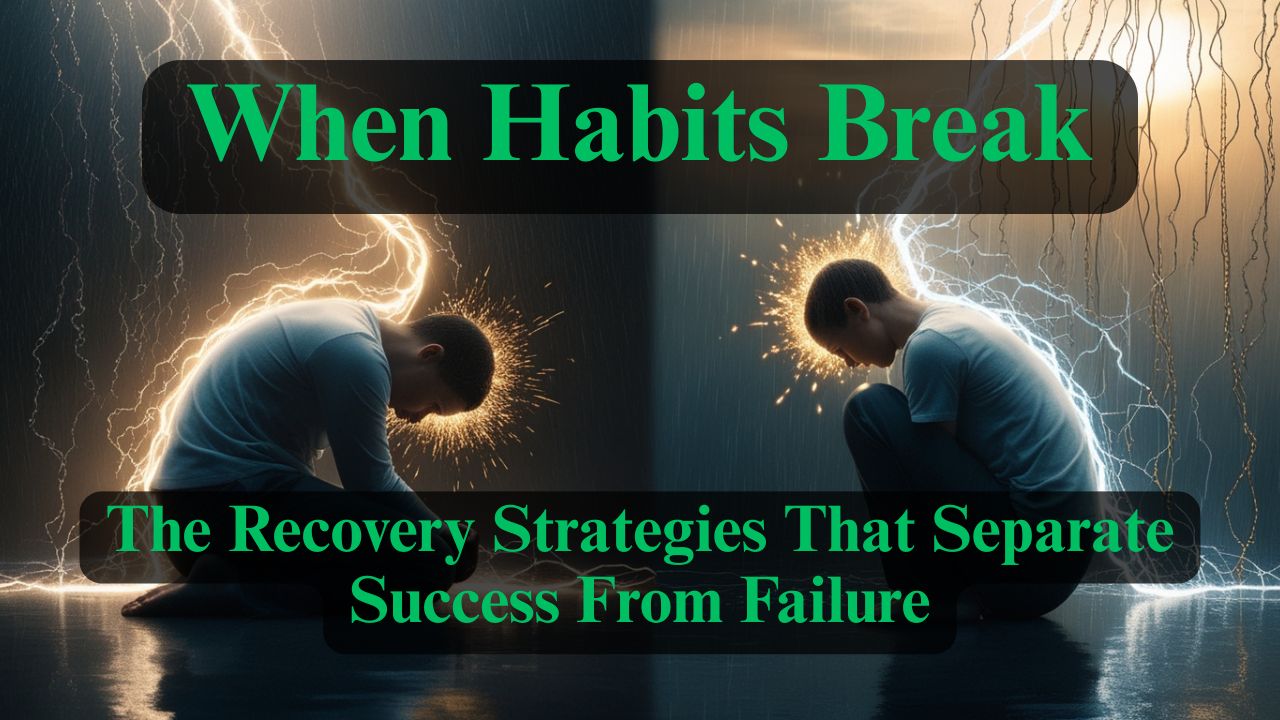
When Habits Fail - The Recovery Strategies That Separate Success From Failure
Here's what nobody tells you about building habits: you will fail. You'll miss days. You'll fall off track. You'll have weeks where everything falls apart.
Read Full Article
The Ultimate System - Designing a Life Where Good Habits Are Inevitable
You've learned to recognize habits, understand their formation timeline, stack them strategically, and recover from setbacks.
Read Full Article

